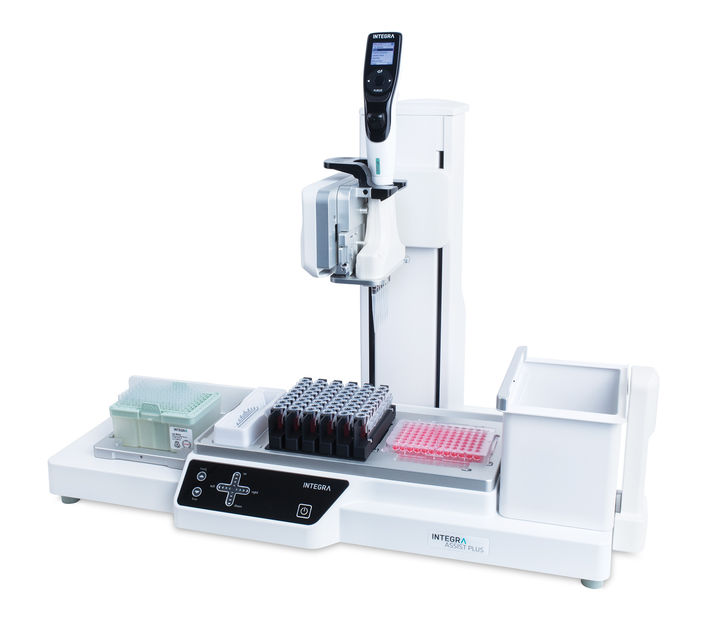Alpharadin found to be safe and easy to use in patients with bone metastases resulting from castration-resistant prostate cancer
Algeta ASA presented an analysis based on clinical experience with Alpharadin from its phase I and phase II programs. The analysis concluded that Alpharadin is safe and easy to use, requires no specialized equipment and is convenient for patients. These data were presented at the 52nd annual meeting of the American Society for radiation Oncology (ASTRO) in San Diego, USA.
Alpharadin (radium-223 chloride) is a first-in-class alpha-pharmaceutical with a potent, targeted effect on bone metastases and a highly tolerable side-effect profile in patients with bone metastases resulting from castration-resistant prostate cancer (CRPC).
The properties of Alpharadin were characterized to establish the radiation protection parameters for its safe use in the phase I and phase II clinical trials involving 292 patients, and the ongoing 900-patient phase III ALSYMPCA study.
Key among the properties described was the ultra-short penetration of alpha particles and the fact that alpha radiation is readily blocked, which allows for ease of handling of Alpharadin and no requirement for complex shielding during shipping and administration. Patients are treated as outpatients and can return to normal life immediately afterwards.
From a clinical perspective, the major benefit of alpha-pharmaceuticals is that the ultra-short range corresponds to a highly localized cytotoxic action in target areas containing bone metastases (effective range: 2-10 cell diameters). This localized effect spares surrounding healthy tissue and bone marrow and results in the favorable side-effect profile observed in the phase II clinical program: hematologic adverse events with Alpharadin were typically mild (CTC grades 1, 2) and transient, and not one patient withdrew due to hematologic toxicity.
Finally, Alpharadin is manufactured as a ready-to-use vial and the 11.4 day half-life allows a long shelf life of 28 days, enabling sufficient time for its distribution (including long-distance shipment) and administration to patients.
Most read news
Organizations
Other news from the department research and development

Get the life science industry in your inbox
By submitting this form you agree that LUMITOS AG will send you the newsletter(s) selected above by email. Your data will not be passed on to third parties. Your data will be stored and processed in accordance with our data protection regulations. LUMITOS may contact you by email for the purpose of advertising or market and opinion surveys. You can revoke your consent at any time without giving reasons to LUMITOS AG, Ernst-Augustin-Str. 2, 12489 Berlin, Germany or by e-mail at revoke@lumitos.com with effect for the future. In addition, each email contains a link to unsubscribe from the corresponding newsletter.
Most read news
More news from our other portals
Last viewed contents
TNM
Category:Horse_history_and_evolution
Category:Optical_Trapping

ASSIST PLUS | Pipetting robots | Integra Biosciences
Uranyl_fluoride
Phloem
Arp2/3_complex






















































